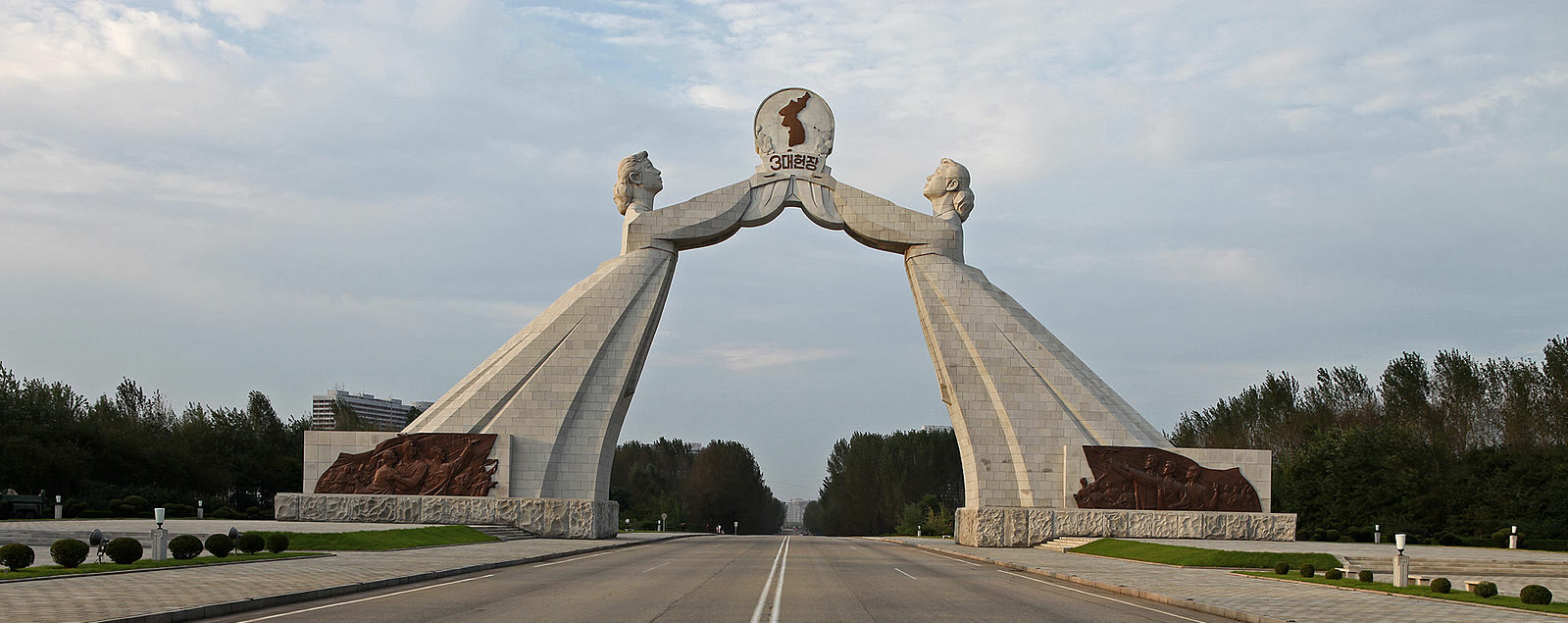Korean Reunification: Between Idealism and Realism
HANKYOREH
APLN Vice Chair Chung-in Moon commented on former Blue House Chief of Staff Im Jong-seok’s remarks on abandoning reunification in favor of peaceful coexistence between North and South Korea.
Without a doubt, Im’s remarks come across as extreme. But it is also clear that they are not too far off from the current reality of the Korean Peninsula.
First, let us consider his call to abandon the goal of reunification. That does not seem much different from the “Korean community” unification formula of 1989, which served as a key element of unification policies under past administrations.
The Korean community unification plan consists of three stages, including a first one that involves seeking out reconciliation, cooperation, and peaceful coexistence between South and North and a second intermediate one that involves constructing an inter-Korean confederation to create a situation of de facto unification, where people and goods are able to move freely between the two sides.
Under this framework, the final stage is institutional unification into a single nation-state, where after the two sides have restored their homogeneity under a basic order of liberal democracy, the decision is made through peaceful means such as a referendum.
In other words, Im’s “let’s not reunify” message is less an expression of opposition to reunification per se than a deeply ironic way of describing reunification that takes the practical constraints into consideration.
The same can be said for his “two states” frame. After the adoption of the Korean community unification plan, South Korean administrations clearly indicated that this would be a two-state system, with one nation but two states, two sets of institutions, and two governments.
While the Inter-Korean Basic Agreement of 1991 referred to their relationship as “a special interim relationship stemming from the process towards unification,” it is also true that since their simultaneous admission to the United Nations that same year, the Republic of Korea and the Democratic People’s Republic of Korea have clearly existed as two sovereign states.
Indeed, the sort of inter-Korean confederation that past South Korean administrations have proposed is premised on the idea of a union among states, along the same lines as the European Union. This alternative conception stemmed from consistent characterizations of the Confederal Republic of Koryo unification plan proposed by the North — with its system of one nation, one state, and two sets of institutions and local governments — as being a “Trojan horse” aimed at achieving unification under a communist regime.
Read the full article here.
Image: Wikimedia Commons

